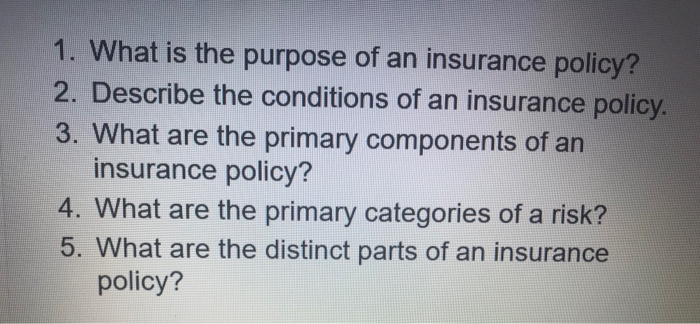Excitement About Pacific Prime
Wiki Article
Not known Details About Pacific Prime
Table of ContentsIndicators on Pacific Prime You Need To KnowThe Basic Principles Of Pacific Prime Some Of Pacific PrimeSome Known Factual Statements About Pacific Prime Pacific Prime for Dummies

This is due to the fact that the data were gathered for a period of strong financial performance. Of the estimated 42 million people that were uninsured, just about about 420,000 (about 1 percent) were under 65 years old, the age at which most Americans become eligible for Medicare; 32 million were grownups in between ages 18 and 65, about 19 percent of all grownups in this age; and 10 million were children under 18 years of age, concerning 13.9 percent of all children (Mills, 2000).
These quotes of the variety of individuals uninsured are produced from the yearly March Supplement to the Existing Population Survey (CPS), carried out by the Demographics Bureau. Unless or else noted, national quotes of individuals without medical insurance and proportions of the population with different type of protection are based upon the CPS, one of the most widely utilized source of estimates of insurance protection and uninsurance prices.
The 8-Minute Rule for Pacific Prime

Still, the CPS is especially useful due to the fact that it generates yearly quotes fairly swiftly, reporting the previous year's insurance coverage approximates each September, and due to the fact that it is the basis for a regular collection of estimates for even more than twenty years, permitting evaluation of patterns in protection over time. For these factors, in addition to the comprehensive use of the CPS in various other research studies of insurance protection that exist in this report, we depend on CPS price quotes, with constraints noted.

The price quote of the number of without insurance people increases when a population's insurance standing is tracked for a number of years. Over a three-year duration beginning early in 1993, 72 million individuals, 29 percent of the U.S. https://experiment.com/users/pacificpr1me. population, were without insurance coverage for at the very least one month. Within a solitary year (1994 ), 53 million individuals experienced at least a month without coverage (Bennefield, 1998a)
6 out of every ten uninsured grownups are themselves utilized. Although working does boost the possibility that one and one's member of the family will have insurance policy, it is not a guarantee. Also members of households with 2 full time see here now wage earners have virtually a one-in-ten chance of being without insurance (9.1 percent uninsured price) (Hoffman and Pohl, 2000).
An Unbiased View of Pacific Prime
New immigrants make up a significant percentage of individuals without wellness insurance. One evaluation has associated a substantial section of the current development in the size of the U.S. uninsured population to immigrants who showed up in the nation in between 1994 and 1998 (Camarota and Edwards, 2000). Current immigrants (those that came to the USA within the previous 4 years) do have a high price of being without insurance (46 percent), but they and their youngsters make up simply 6 percent of those without insurance nationally (Holahan et al., 2001).The relationship in between health insurance and access to care is well established, as documented later in this chapter. The partnership between health insurance and wellness results is neither direct nor straightforward, a considerable professional and health and wellness services research literature web links health and wellness insurance policy coverage to better accessibility to care, better high quality, and enhanced individual and populace health standing.
Degrees of evaluation for taking a look at the results of uninsurance. It focuses specifically on those without any health and wellness insurance policy for any length of time.
More About Pacific Prime
The problems encountered by the underinsured are in some aspects similar to those dealt with by the uninsured, although they are typically less extreme. Wellness insurance policy, nonetheless, is neither needed nor enough to obtain accessibility to medical solutions. The independent and direct impact of health insurance policy coverage on accessibility to health and wellness solutions is well established.
Others will certainly get the health treatment they need also without health insurance, by spending for it expense or seeking it from suppliers who use care complimentary or at extremely subsidized prices. For still others, medical insurance alone does not ensure invoice of care as a result of various other nonfinancial barriers, such as a lack of wellness treatment suppliers in their community, restricted accessibility to transport, illiteracy, or linguistic and cultural distinctions.
What Does Pacific Prime Do?
Official research about uninsured populations in the United States dates to the late 1920s and early 1930s when the Board on the Cost of Medical Care created a series of reports about funding medical professional workplace gos to and hospitalizations. This problem became prominent as the numbers of medically indigent climbed during the Great Depression.Report this wiki page